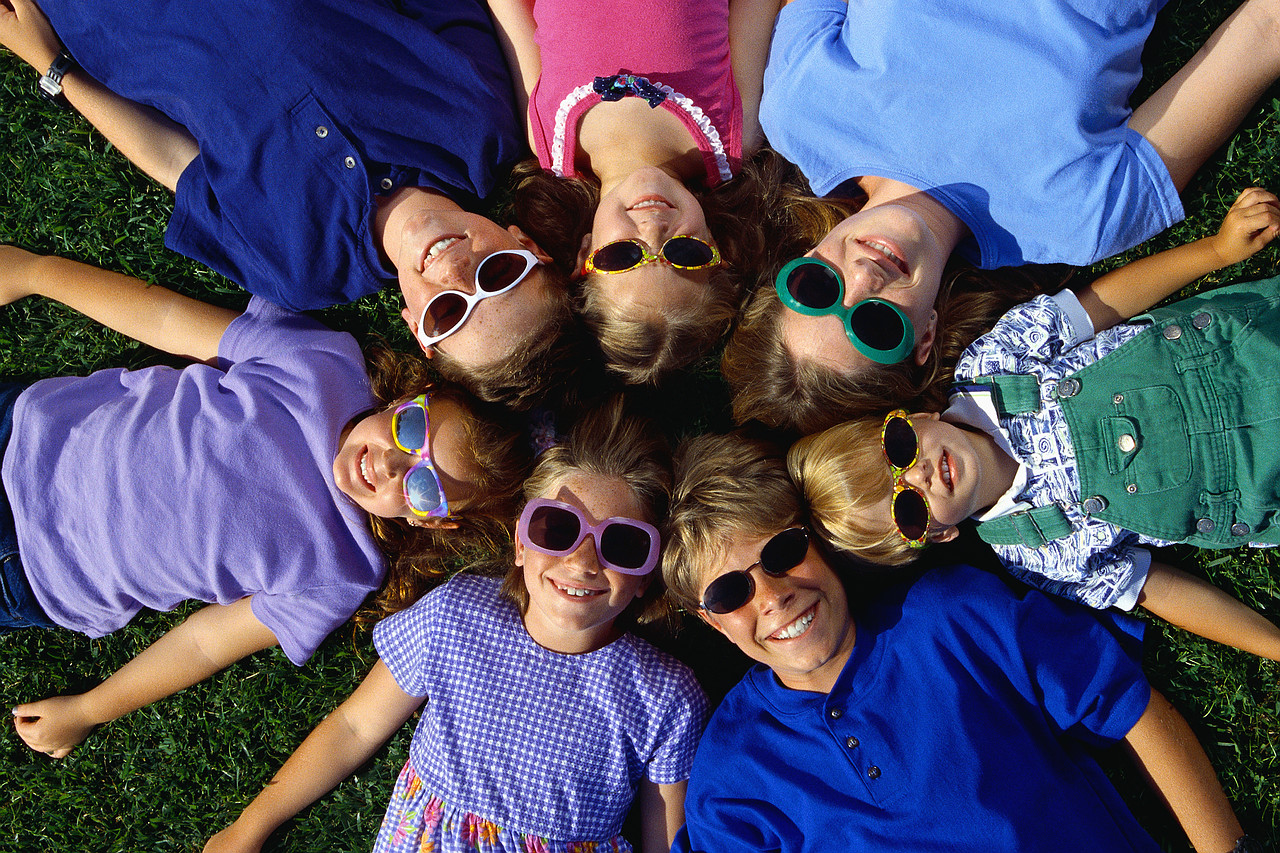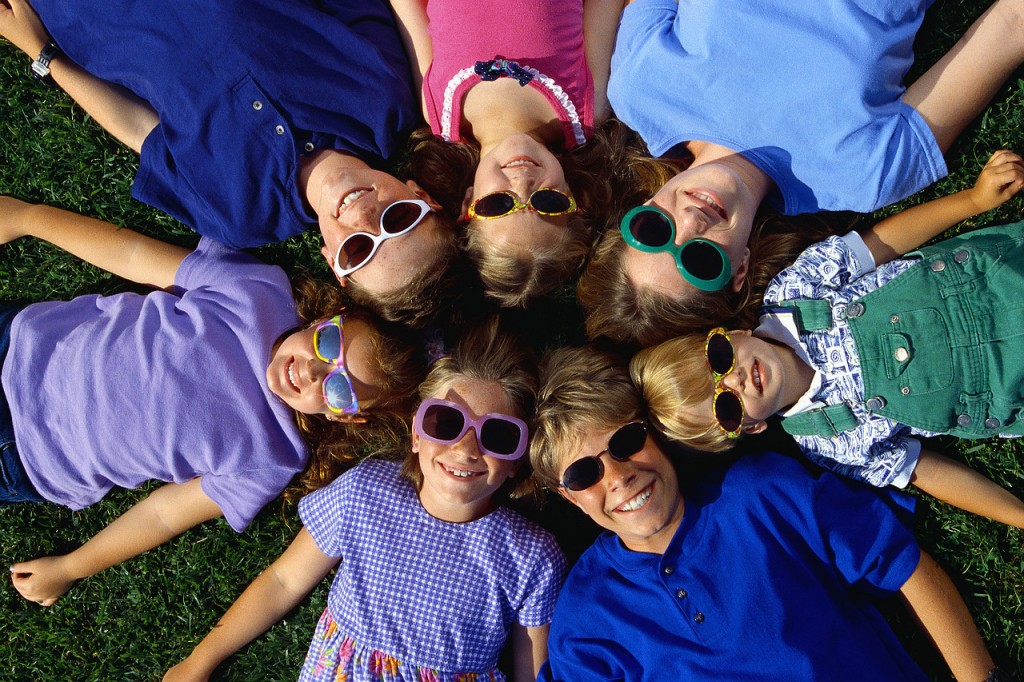

Recently there has been an uproar created from this announcement about Target’s soon-to-be changes to a gender neutral toy department. The popular low-cost store intends to dismantle the “boy” and “girl” sections of their toy departments in an effort to offer a less gender-focussed shopping experience for their clientele.
While some people seem to be outraged about this new organization of display, others, like myself, applaud Target for finally making a step towards allowing children at least a bit more freedom to decide what interests them without a barrage of closed-minded stereotypes telling them who and what they should be and do, depending on which chromosomes they were given during their conception.
While no one can argue that there must of course be some differences between boys and girls beyond our genitals, seeing as we hold different sets of DNA (a lot of information is contained in such a small, single chromosome), a lot of the preferences and tendencies that we often see in boys vs. girls has a big part to do with the expectations and gender roles assigned to children by the media and other children and adults in their lives.
So you bought your boy some animals, but he prefers to play with trucks, and so you chalk it up to him being “such a boy”. Animals are cute, a quality seen as essentially feminine, while trucks are big, powerful and boisterous – a seemingly masculine trait. However, I’m willing to bet it’s not just simply in his DNA that he likes the “masculine” machinery, but more likely for the fact that his dad (and probably, mom, too) spends more time playing trucks with him than My Little Pony because of what has been ingrained about “what boys like”, or that most (if not all of the) messages he gets from visitors and media say “you are a boy, so you like trucks.”
And is the very young girl sitting there calmly, choosing the pink ball over and over again because a preference for pink is a product of her genetics, or because she’s already discovered that she is a girl, with the same parts as mom, and most every girl depiction she sees is smiling sweetly, framed in pink?
[Edit: I’m not saying you shouldn’t play trucks with boys, or don’t buy girls pink, but rather asking you to be aware that it may be our choices and the effect of society and media’s messages that result in the differences we see in children, which cause us to say things like “He’s such a boy” or “Girls just love dolls!”)
Kids are very clever. They catch on to a lot more, and a lot quicker, than we realize.
[tweetthis]Kids are clever. They catch on to a lot more, a lot quicker than we think. #gender #target #genderneutral[/tweetthis]
During these early years, children are really trying to build a concept of their identities, and what we might see as a minor thing – a “boy” aisle and a “girl” aisle in a toy department – plays a huge part in telling children who they are and what they should be like.
As a preschool teacher, I couldn’t even tell you how many times I’ve tried to explain to a child whose just been told that their favourite colour or toy is unacceptable to be liked by them because it’s “only for boys” or “only for girls”. It breaks my heart to see the confusion and upset in their little faces, as if their whole being is “wrong”, as if they have failed at being themselves.
As a student in the Early Childhood Care and Education program at Capilano University, I was required to complete a variety of courses where I delved into topics concerning children’s rights, our personal morals, and a strong code of ethics. I was encouraged to think deeply about how to best offer children experiences and support that would enhance their learning and discovery of themselves and the world, without imposing any personal beliefs upon their being.

In one of these courses, there was a project I completed that struck a nerve in me. I think of it often and it has been a source of much dismay and resolve for me. Dismay over the fact that society and media have such a strong hold on how our children learn to define themselves, and resolve to do my best to disrupt these stereotypical gender roles assigned to children, and to males and females in general.
The project was this: to go into a big box store, wander the toy department, and look – really look – at the messages being sent to children (and adults) about what it means to be a boy or a girl. I had known before this project that the traditional gender stereotypes were well-defined, but I hadn’t fully grasped the whole, horrifying truth of it until this project.
[tweetthis]Media plays a huge part in how children learn to define themselves by their gender. #thankstarget #genderneutral[/tweetthis]
I want my daughter to grow up knowing she has the freedom to decide who she is, what she likes and doesn’t, and to accept everyone else’s own choices as their own, outside of whether they are male or female. While I don’t restrict her toys and wardrobe to only “gender neutral” items (honestly, bows and dresses are too cute to deny when I know she’ll only let me pick her outfits for so long), I do my best to offer her a range of different colours, toys, clothes, activities, and even choice of wordings, in the hopes that who she really is won’t be defined by myself or anyone else.
That’s why I’m thrilled at the news that Target is breaking through gender stereotypes to create a more inclusive experience for children. I can only hope that the other stores and manufacturers will follow suit and continue to open up our world to accepting and encouraging our children to be whoever they really are.
[tweetthis]We shouldn’t raise boys and girls the same. We should raise them all as individuals. #gender #boysandgirls #parenting[/tweetthis]
*Note: I dug deep to find the paper I wrote for the project mentioned above, and will share it here on The Big To-Do List tomorrow. When it’s up, the following link will be active to read my toy research paper: Sugar, Spice, and Everything Nice: That’s What Little Girls are Made Of. To make sure you don’t miss it, sign up here for weekly notifications of what’s new on the blog, like The Big To-Do List on Facebook, and follow @TheBigToDoList on Twitter. (We’re also on Instagram, too.)*